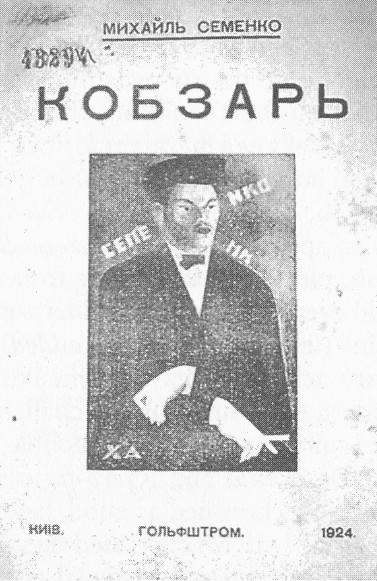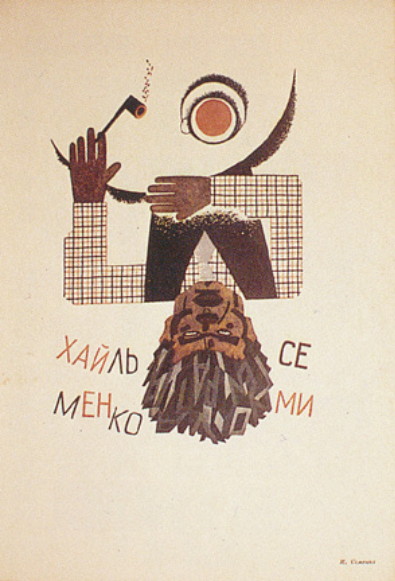Semenko, Mykhailo
Semenko, Mykhailo (Mykhail’), b 31 December 1892 in Kybyntsi, Myrhorod county, Poltava gubernia, d 23 October 1937. (Photo: Mykhailo Semenko.) Poet, and founder and theoretician of Ukrainian futurism; son of the writer Mariia Proskurivna. Semenko studied at the Psycho-Neurological Institute in Saint Petersburg. His first collection, Préludes (1913), shows the influence of the poets of Ukraïns’ka khata. In the collections that followed (Derzannia [Excitation, 1913] and Kverofuturyzm [Quero-Futurism, 1914]), and in the manifesto in the latter collection, Semenko initiated Ukrainian ‘quero-futurism,’ or the art of searching, at a time when Russian cubofuturism and egofuturism were appearing in Ukraine (in authors such as Davyd Burliuk, A. Kruchenykh, and V. Khliebnikov). In 1918 Semenko published in Kyiv the collections P'iero zadaiet’sia (Pierrot Puts on Airs), P'iero kokhaie (Pierrot Loves), and Deviat’ poem (Nine Long Poems). In 1919 his collections P'iero mertvopetliie (Pierrot Deadnooses), Bloc-notes, and V sadakh bezroznykh (In the Roseless Orchards) and the poem ‘Lilit’ (Lilith) were published by Fliamingo, a publishing house of the futurist writers' group of the same name, which Semenko had founded. In 1919 he proclaimed the beginning of ‘revolutionary futurism’ and published his ‘revolutionary futurist’ poems, Tovarysh Sontse (Comrade Sun) and Dvi poezofil’my (Two Poetryfilms). He was also editor of the journal Mystetstvo.
In 1920, together with Mykola Liubchenko and Oleksa Slisarenko, Semenko published Al’manakh tr’okh (The Almanac of Three), and in 1921, his collection Prominnia pohroz (The Rays of Menace). At that time he organized the Shock Brigade of Futurist Poets, later called the Association of Panfuturists (Aspanfut), which published its credo and manifestos in the almanac Semafor u maibutnie (Semaphores into the Future, 1922) and the newspaper Katafal’k iskusstva (1922). In response to critics Semenko altered his position to ‘left-wing front-line’ and changed Aspanfut to Komunkult (1924). From 1924 to 1927 he worked as editor in chief of the Odesa Artistic Film Studio of the All-Ukrainian Photo-Cinema Administration. In 1924 he published two collections of his works from 1910 to 1922, both titled Kobzar, and in 1925, the collection V revoliutsiiu (Into the Revolution). In 1925 he also produced the poetic film Step (The Steppe).
In 1927 Zustrich na perekhresnii stantsiï (Meeting at a Crossroad Station), which contained the works of Semenko, Geo Shkurupii, and Mykola Bazhan, was published. Also in that year Semenko founded a new futurist association called Nova Generatsiia. After of severe criticism, Semenko abandoned futurism and became a poet of the Bolshevik revolution (with poetry such as Malyi kobzar i novi virshi [The Little Kobzar and New Poems, 1928] and Evropa i my [Europe and We, 1929]). At the beginning of the 1930s he confessed to his ‘erroneous’ earlier position and with a ‘reformed’ vision wrote Suchasni virshi (Contemporary Poems, 1931), Z radians’koho shchodennyka (From a Soviet Diary, 1932), Kytai v ohni (China on Fire, 1932), and Mizhnarodni dila (International Affairs, 1933). Nevertheless Semenko was arrested in 1937 and executed with other Ukrainian writers. He was ‘rehabilitated’ in 1957.
Semenko's early futurist writing abounds with urban and F. Marinetti-inspired themes and subjects, and is characterized by experimentation with form and language which attempts to shock the reader. Despite his insistence on the discarding of classical and contemporary literary achievements, especially the legacies of Taras Shevchenko, Oleksander Oles, Mykola Vorony, and Mykola Filiansky, Semenko greatly influenced the development of Ukrainian modern poetry. A complete edition of his work was published in Kharkiv in three volumes (1929–31), and there has also been a posthumous edition titled Poeziï (Poems, 1985).
BIBLIOGRAPHY
Nikovs’kyi, A. ‘Poeziia buduchchyny,’ in his Vita Nova (Kyiv 1920)
Kachaniuk, M. ‘Materiialy do istoriï futuryzmu na Ukraïni,’ Literaturnyi arkhiv, 1930, nos 1–4
Ilnytzkyj, O. Ukrainian Futurism, 1914-1930: A Historical and Critical Study (Cambridge, Mass 1997)
Bohdan Kravtsiv
[This article originally appeared in the Encyclopedia of Ukraine, vol. 4 (1993).]
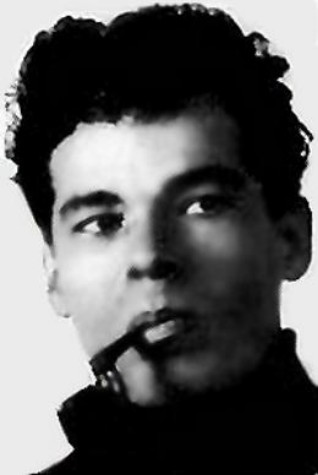
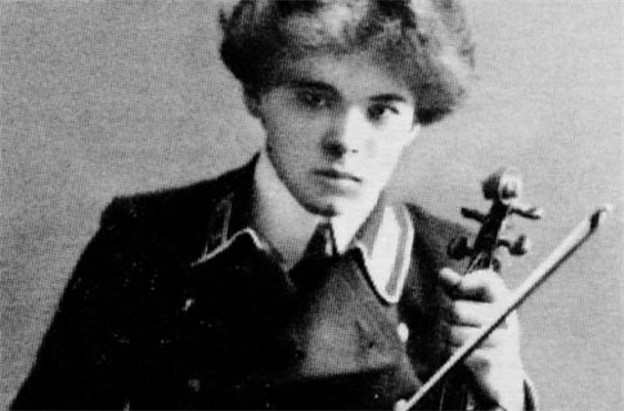
.jpg)
.jpg)
.jpg)
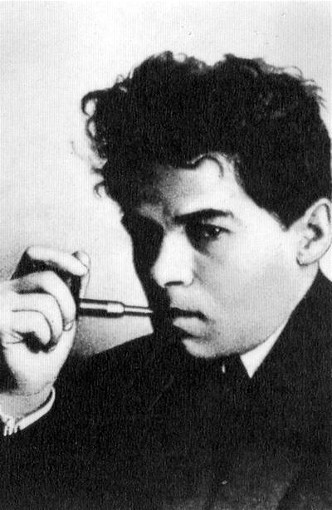
.jpg)

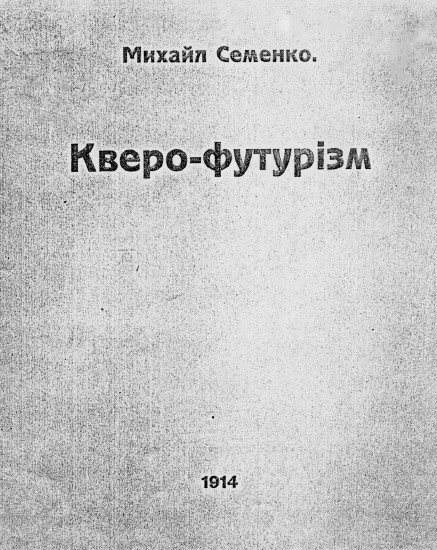
.jpg)
